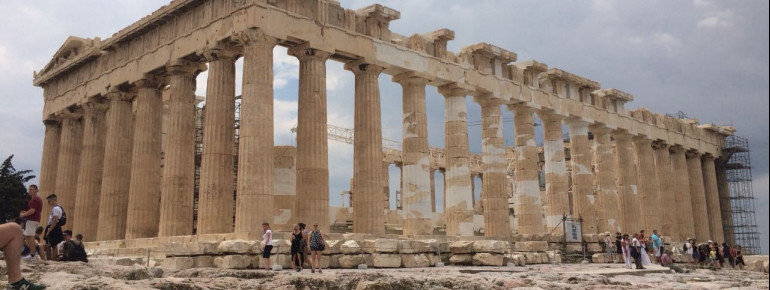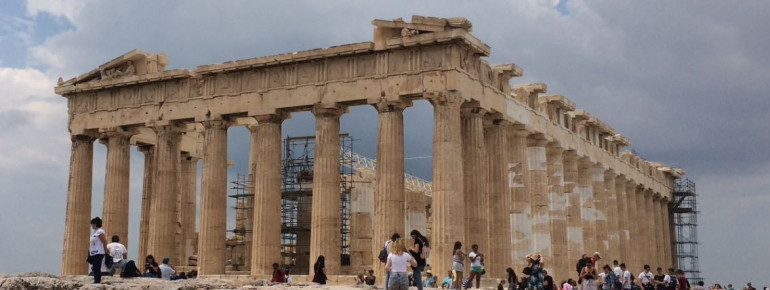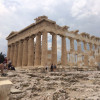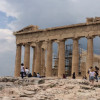Contents
Description
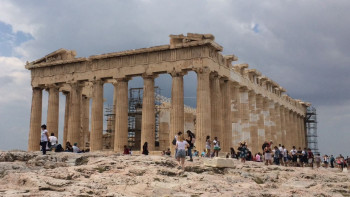
History
The Acropolis is an area containing several holy temples located on a mountain in the centre of Athens. The temples are mostly dedicated to Athena, the patroness of the area and ancient Greek goddess of wisdom. All temples were mainly built in the period between 467 BC and 406 BC, dedicated to various gods and blend perfectly in with the surroundings, architecturally.
In 1986 the Acropolis was listed as a UNESCO world heritage site. All edifices belonging to the Acropolis, such as the Nike temple and the Erechtheion, are topped by the Parthenon, which was built in honour of Athena, located on a separated plateau overshadowing all other temples. At times, the Acropolis was used for purposes other than sacred matters. During war times the Acropolis was used as a fortification and during the reign of the Ottomans the Acropolis was even transformed to a mosque.
The Acropolis today
Nowadays, the Acropolis symbolises the beginning of the Western civilised world and, above all, the foundations of democracy. Many of the significant statues that were conveyed to several museums in London years ago still have not been taken back to their original sites on the Acropolis.
Interesting facts
- Acropolis in Athens is the the best rated tourist attraction in Greece.
How to get there
By public transport
You can comfortably travel to the Acropolis by metro. You even have several choices. You can get off at the metro station “Acropolis” and then either cross the Dionysiou Areopagitou street or you alternatively get off at the station “Monastiraki” and then cross the archaeological area of the old Agora or the Plaka district to arrive at the Acropolis.

